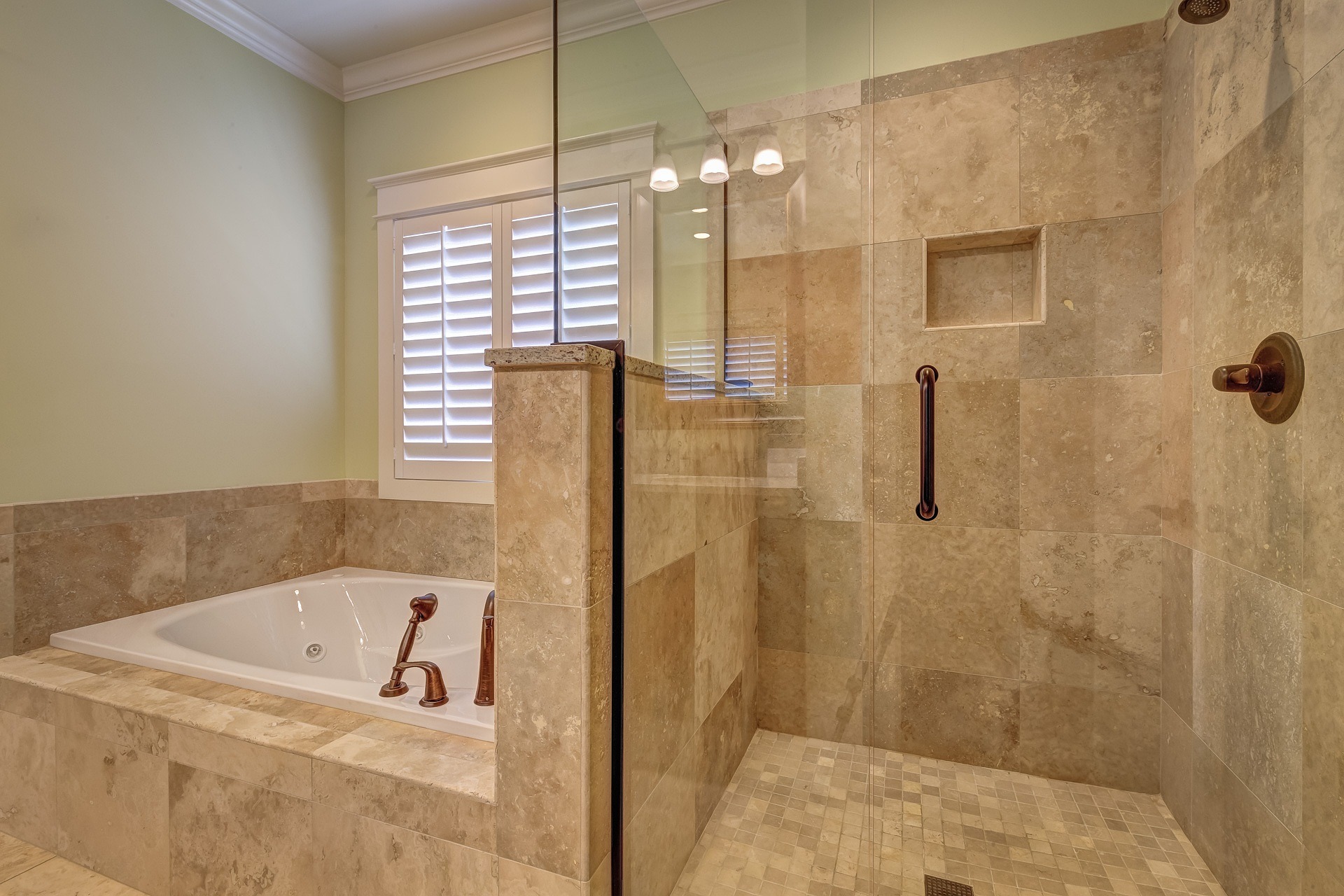Integrating Sensor Controls: Energy and Hygiene Benefits for Wash Areas
Sensor controls are becoming a practical element in modern wash area renovation and remodel projects, offering measurable gains in energy use and hygiene. From motion-activated lighting to touchless fixtures, sensors can be applied across shower, vanity, and storage zones to improve comfort, reduce waste, and support long-term sustainability goals.

Sensor-based controls can transform wash areas by reducing unnecessary energy use and limiting touchpoints that spread contaminants. Thoughtful integration during a renovation or remodel considers placement near the shower, vanity, and fixtures while coordinating with existing plumbing and wiring. Proper sensor choice supports waterproofing and tile choices, works with ventilation and lighting systems, and can be selected with accessibility needs in mind to improve daily use without major design sacrifices.
Renovation and remodel planning
When planning a renovation or remodel, consider sensors early in the design stage so wiring, mounting locations, and access panels are incorporated without rework. Sensors affect choices for tile, grout lines, and fixture placement; proximity to plumbing and lighting runs will influence installation complexity. Early coordination with contractors and local services allows for an integrated approach where flooring and waterproofing layers are preserved and storage and vanity units accommodate sensor housings and power supplies.
Sensor lighting and ventilation
Lighting and ventilation are natural candidates for occupancy or presence sensors that cut energy use by switching off when spaces are unoccupied. Motion-activated LED lighting near vanities or in shower niches reduces continuous draw, while humidity sensors tied to ventilation systems prevent overuse of fans by activating only when moisture thresholds are exceeded. Proper sensor selection should account for bathroom-specific conditions—high humidity, steam, and reflective tile—so that sensitivity and placement avoid false triggers while maintaining reliability.
Plumbing, fixtures and shower controls
Touchless faucets, sensor-controlled flush valves, and electronic shower controls reduce surface contact and can moderate water flow, aiding both hygiene and resource savings. Sensors linked to plumbing fixtures must be compatible with existing water pressure and valve types; they can be integrated into a remodel that updates pipes or installs new fixtures. In shower areas, temperature-limiting controllers and presence sensors can regulate flow duration and prevent excessive hot-water use, aligning plumbing upgrades with energy-conserving goals.
Waterproofing, tile, grout and flooring
Integrating sensors requires attention to waterproofing details so electrical components remain protected from moisture. When laying tile, plan grout lines and mounting points to avoid creating weak spots where water could reach control housings. Floor sensors for lighting or floor-heating controls must sit above the waterproof membrane and bedding to preserve integrity. Choose sensor enclosures rated for damp or wet locations and coordinate with flooring and substrate layers during installation to avoid compromising long-term waterproofing.
Accessibility, vanity and storage
Sensors can improve accessibility by enabling hands-free operation of lights, faucets, and automated vanity mirrors, supporting users with limited mobility. Touchless openers for cabinets or sensor-activated under-cabinet lighting can make storage easier to reach and identify. During an accessibility-focused remodel, integrate sensors with vanity heights, grab bar placement, and route power to locations that do not obstruct movement, ensuring fixtures and controls are positioned for intuitive, independent use.
Sustainability and energy benefits
Sensor controls contribute to sustainability by reducing idle power and conserving water through timed or presence-based operation of fixtures and systems. When combined with efficient lighting, low-flow plumbing fixtures, and optimized ventilation scheduling, sensors lower ongoing operating costs and environmental impact. Integrating these elements during a remodel supports durability: fewer touchpoints reduce wear on finishes, and smarter controls can extend the life of lighting and mechanical components, reinforcing both energy and maintenance savings.
Conclusion Integrating sensor controls into wash areas offers practical energy and hygiene benefits when planned alongside renovation elements such as plumbing, lighting, ventilation, waterproofing, and accessibility. Thoughtful placement, compatible fixtures, and coordination with tile, grout, and flooring choices help ensure sensors function reliably in humid environments. With a focus on sustainability and user needs, sensors can be a durable, low-intrusion enhancement to modern wash area design.





